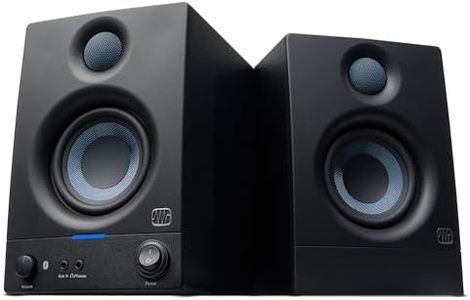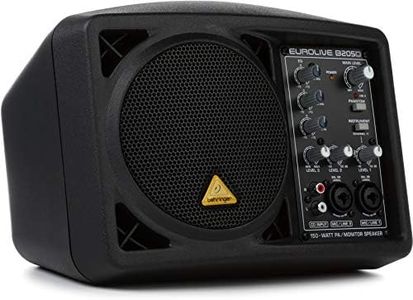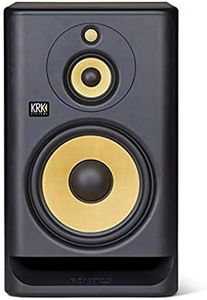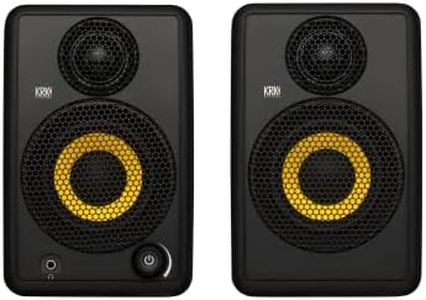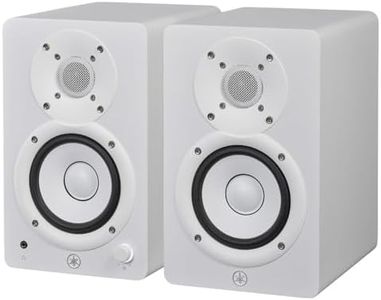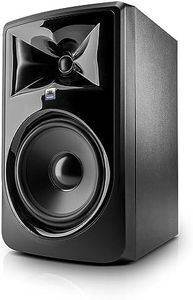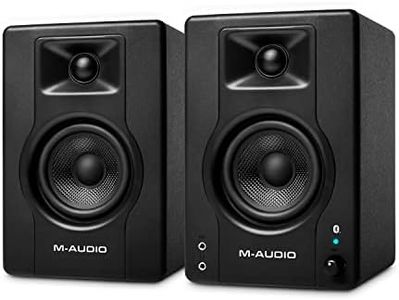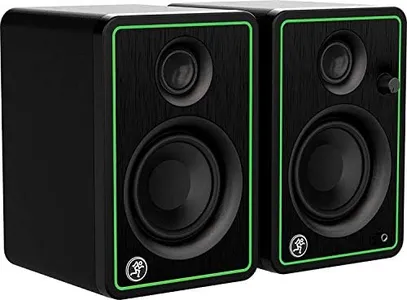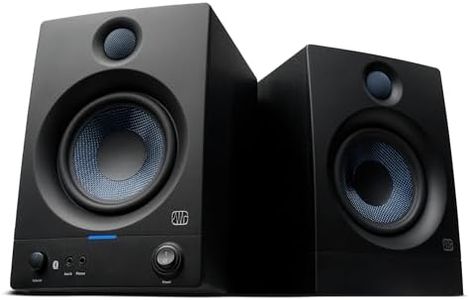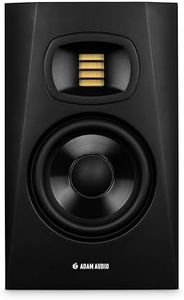We Use CookiesWe use cookies to enhance the security, performance,
functionality and for analytical and promotional activities. By continuing to browse this site you
are agreeing to our privacy policy
10 Best Cheap Studio Monitors
From leading brands and best sellers available on the web.Buying Guide for the Best Cheap Studio Monitors
Choosing studio monitors can make a big difference in how well you hear and mix your audio, whether you’re just starting out or putting together a home studio on a budget. Unlike regular speakers, studio monitors are made to give you a more true and uncolored sound, helping you make better decisions during recording and mixing. Before choosing, think about your room size, what kind of music or audio you’re working with, and how much space you have for your monitors. Keep in mind that your personal needs and space will determine what 'best fit' means for you.Speaker Size (Woofer Diameter)The size of the speaker, often shown as the woofer diameter in inches, influences how well the monitor can handle bass and how much space it needs. Smaller woofers (around 3-5 inches) work well in smaller rooms and for close-up listening, giving you tighter mids and less booming bass, which can be perfect for speech or light music. Medium (6-7 inches) offer a good balance, letting you hear more low-end while still fitting comfortably in most desk setups. Large woofers (8 inches or more) are for bigger rooms and can produce deeper bass but might sound exaggerated if your space is too small or untreated. Pick a woofer size that matches your room's size and your project's needs—don’t go too big for a small, untreated room.
Frequency ResponseFrequency response describes the range of sounds the monitor can play, from deep lows to sparkling highs, usually measured in hertz (Hz). A wider frequency response means you’ll hear more of your music's details. For many uses, something like 50Hz–20kHz is plenty if you’re not working mainly with bass-heavy music. If you need to hear or mix a lot of bass, look for lower starting points (under 45Hz), but remember that most budget monitors won’t reach the deepest bass accurately. Choose based on the range of sounds you need to hear clearly.
Input OptionsStudio monitors can have several types of inputs—like XLR, TRS (1/4” jack), and RCA—to connect to your audio gear. Balanced inputs like XLR or TRS are better at blocking noise and are more common in studio settings, while RCA is usually seen on consumer devices. You don’t need all types, just make sure your monitor matches the outputs you have on your interface or mixer for a hassle-free connection.
Power Output (Wattage)Power output, measured in watts, tells you how loud monitors can get before distorting. For most home studios or bedroom setups, lower power (15–40W per speaker) is usually enough—you don’t need to blast music loudly to get clear, accurate sound. Higher wattages (50W and above) can give you more headroom in bigger spaces but might be overkill for small rooms. Select a power level that suits how loudly you work and the size of your room.
Room Controls/EQ OptionsSome monitors offer basic knobs or switches to adjust their sound for different rooms. These controls can help you fix problems caused by where you place them, like walls boosting the bass too much. If your room has no special treatment or you have little control over where you set up your monitors, picking a model with these adjustment options will help you get a more accurate sound.

